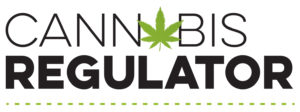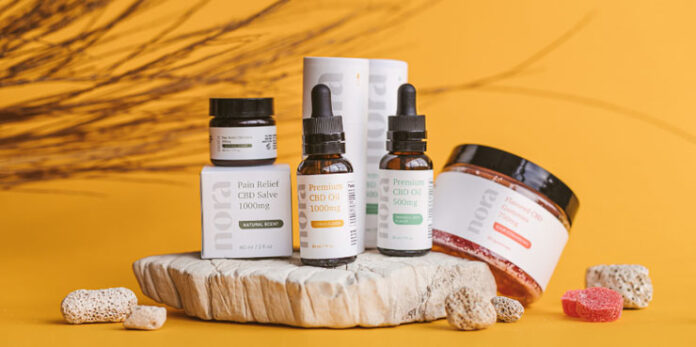Just last month, six cannabis companies received joint FTC-FDA cease and desist letters for deceptive packaging that mimicked the look of candy and snack brands popular with children. According to the two agencies, the companies were marketing edibles containing Delta-8 THC.
In June 2022, FDA issued a warning about the health risks to children of ingesting foods containing THC. While marketing and packaging such as this may seem like a good idea for some brand recognition, it is deceptive to consumers and extremely dangerous to any children who may get their hands on the products.
Deceptive Packaging and Its Impact
Deceptive packaging covers a lot of ground — not only does it include how the physical packaging itself looks, but it also includes any claims and added effects a company puts on the label. A common theme among cannabis brands is claiming that their products can help cure ailments or even diseases, which has not been proven for any CBD- or THC-infused merchandise.
“Deceptiveness is a broad area. It can cover anything from product claims about effectiveness to curing different ailments, and the FTC is heavily involved in regulating those types of claims,” Jonathan Hyman, co-chair of the CBD and legal cannabis group at Knobbe Martens, said. “More recently, the FTC have been looking at products that are deceptive in the sense that they look like existing food products and mimic an existing candy, gummy, or chip.”
Hyman has seen cannabis-infused Cheetos as well as cannabis-infused Sour Patch Kids, which can be very deceptive to consumers and dangerous for children who may find them and think they’re candy. What’s especially concerning is the fact that the major national brands whose foods have been imitated by these products have absolutely nothing to do with the sale of the lookalikes.
What Qualifies as Deceptive Packaging?
While requirements for child-resistant seals and closures are universal, analysis by the Network for Public Health Law shows a patchwork of state-by-state regulations about packaging parameters, according to Industry Dive.
Some states require that packaging be “plain” or opaque, and some require that a poison control number be printed on it. Other language prohibits any resemblance to commercially available food, words, or images that may be attractive to children, or simply appealing to children.
“Each state has their own regulations on advertising. For example, California bans packaging that is attractive to kids,” Hyman said. “Then on the Federal side, the FTC has been cracking down on claims that cannabis can cure Parkinson’s or other severe diseases. So the more product claims you are making, the more you will get on their radar.”
Good Practices for Cannabis Packaging
“First and foremost, don’t be too cute,” Jonathan Menkes, co-chair of the CBD and legal cannabis group at Knobbe Martens, said. “If you see something that looks a lot like the product packaging from a major brand, that’s a big red flag. Some cannabis companies think they are being cute or funny, but multiple enforcement bodies (government agencies and brand owners) don’t find it funny.”
Menkes advises cannabis brands to be original and not get their designs close to any other products, both in the cannabis and food industry. Also, be careful about the types of claims you put on your label. The more you say your product can do, the more you open yourself up to problems with the FTC and FDA.
According to the Resource Label Group, cannabis labels should include:
- Product name and identity
- Net weight or volume
- Serving size
- Universal symbol, hemp symbol, or medical grade symbol
- THC % and CBD %
- Activation time
- Lab name and test # confirmation
- Date tested
- Strain name
- Business or trade name and license/registration number
- Manufacturer name and address
- FDA disclaimer (for CBD)
Tips for Good Product Packaging
Here are some tips to follow to ensure you don’t receive a cease and desist letter from the FTC or FDA:
- Conduct Industry and Competitor Research. It’s important to do the appropriate production planning and market research before any actual designing begins. Check your state’s government website to see if they have any regulations on cannabis packaging, and then see what your competitors are doing to try and make your merchandise stand out.
- Begin the Packaging Planning Process. Once you have a list of requirements to follow and see what your competitors are doing, you and your team can then compile a list of packaging options that best suits your business.
- Review the Packaging Before the Launch. If you have an attorney, be sure to have them review your packaging to ensure it fits all of your state requirements, there are no trademark or copyrights infringement issues, and that it doesn’t mimic any other brand’s packaging.










